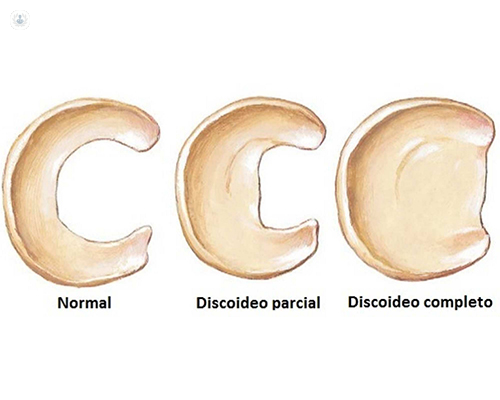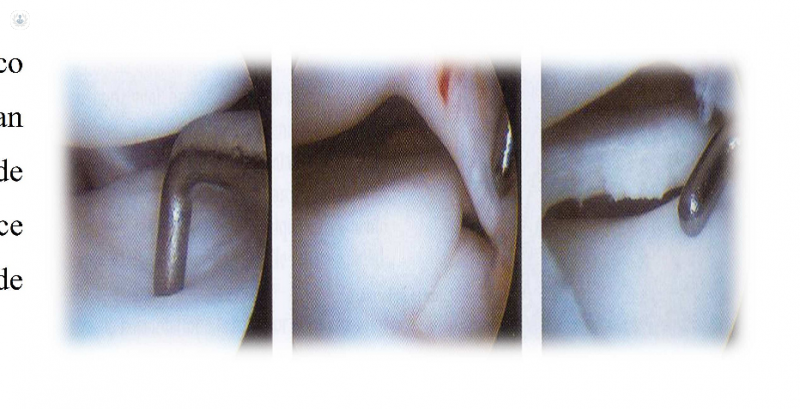How to diagnose and treat discoid meniscal anomaly
Written by:The discoid meniscus is an anomaly in the shape of the meniscus. Normally, the meniscus has the shape of a semiluna, and in this entity the meniscus has the shape of a disk.
Causes of the discoid meniscus
The specific causes are unclear. In fact, there are different theories that are based on an alteration during the development of the meniscus, but until now there is no proven. Normally, the meniscus discoidus usually exists in both knees and usually affects the external meniscus, that is, the outside of the knee.
Symptoms of discoid meniscus
As a rule, a discoid meniscus does not give symptoms, but is accidentally diagnosed when complementary tests, such as MRI (Nuclear Magnetic Resonance), are performed.
However, if the meniscus discoid is damaged or broken, it can produce symptoms, which would be the following:
- Pain
- Clicks
- Lump on the outside of the knee
- Blockages, the patient is not able to fully stretch the knee

But how can a meniscus tear occur? A meniscus can break if:
- The knee is twisted or flexed excessively
- It stops and changes direction when running, when landing in a jump or when turning the knee
- Lifting something heavy when squatting
- When you get a blow to the knee, for example performing sports activities such as football or rugby.
Treatment of the discoid meniscus
In the first place, it is necessary that an adequate examination of the knee by a specialist in Traumatology. The test of choice for diagnosis is Magnetic Resonance, which complements the information obtained. Through it, it will be possible to diagnose ruptures, cysts or other knee injuries.
However, if the discoidal meniscus is not symptomatic, it will not be necessary to start a treatment. In meniscus with more problems the treatment applied may depend on factors such as age, activity level or where the tear occurred. For mild tears, the injury can be treated with rest and physiotherapy exercises.

On the other hand, in menisci with more severe tears, an arthroscopy (surgery) of the knee may be necessary to repair the meniscus. In this type of surgery small cuts are made in the knee to later introduce tiny surgical tools and a small camera with which the repair of the tear is followed.


